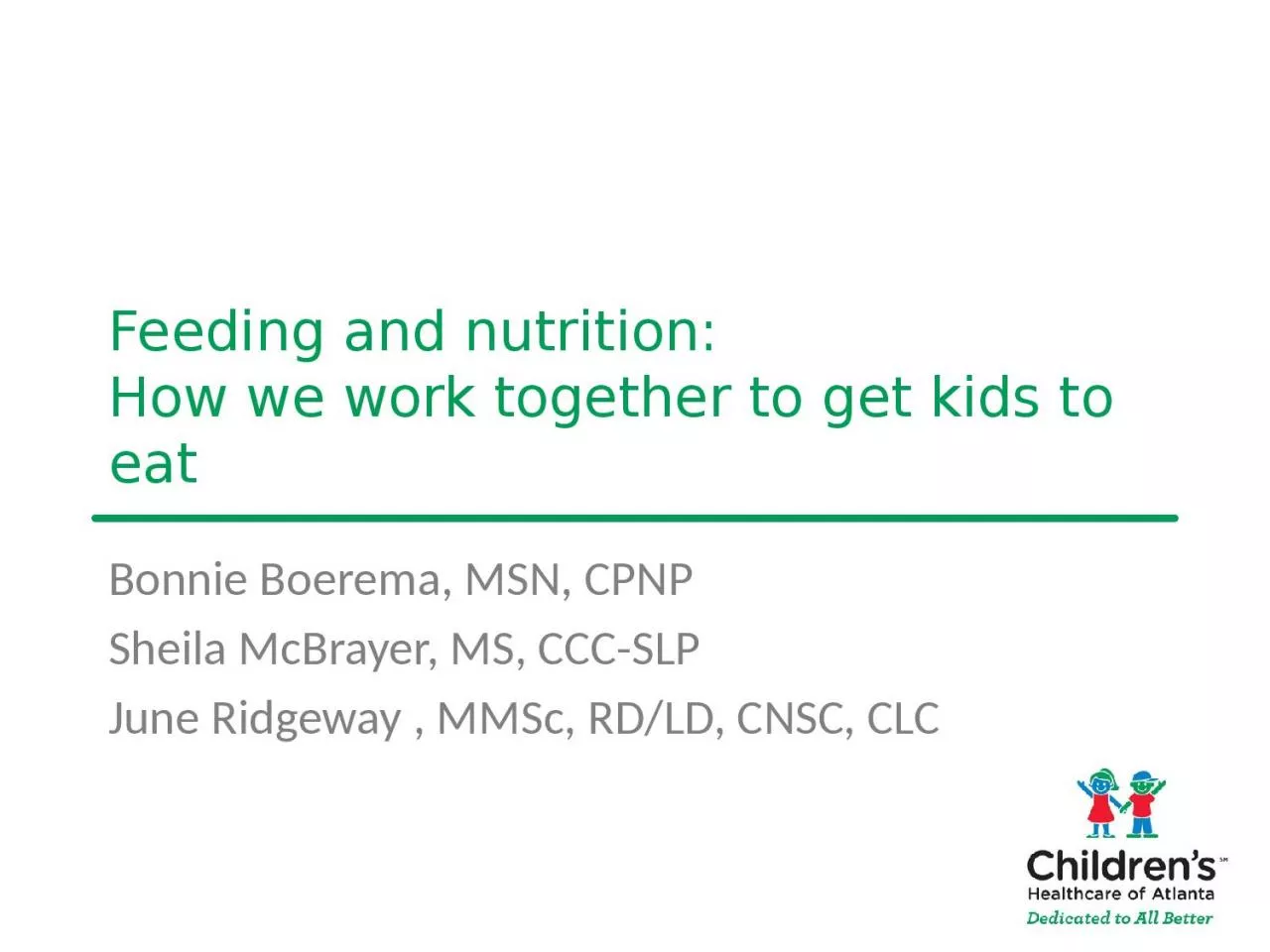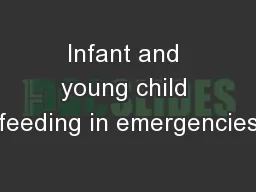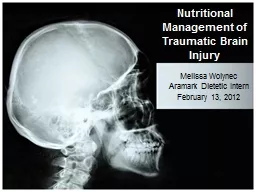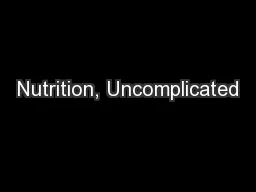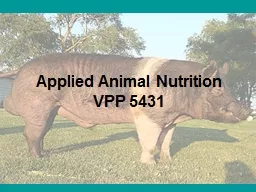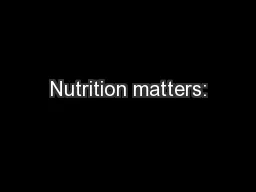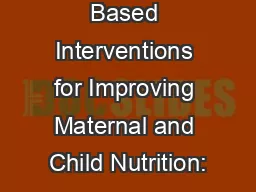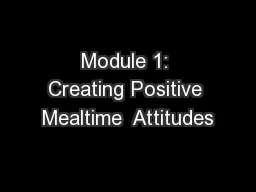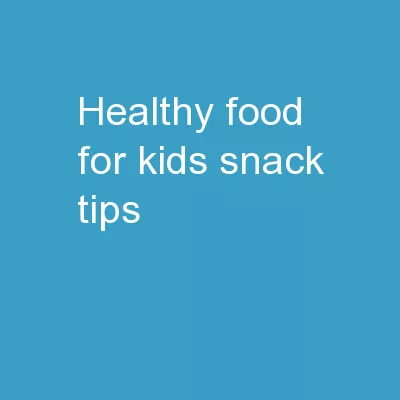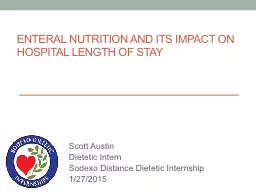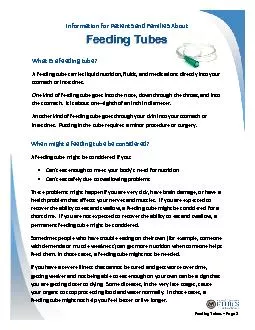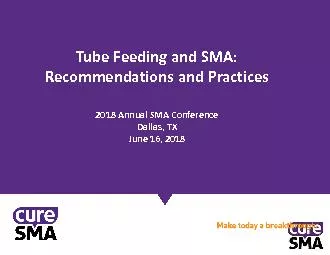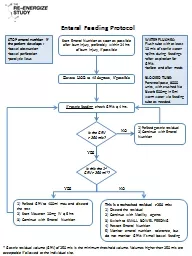PPT-Feeding and nutrition: How we work together to get kids to eat
Author : MsPerfectionist | Published Date : 2022-08-03
Bonnie Boerema MSN CPNP Sheila McBrayer MS CCCSLP June Ridgeway MMSc RDLD CNSC CLC Feeding Evaluations 5 General Information about Therapy Referrals Doctors
Presentation Embed Code
Download Presentation
Download Presentation The PPT/PDF document "Feeding and nutrition: How we work toge..." is the property of its rightful owner. Permission is granted to download and print the materials on this website for personal, non-commercial use only, and to display it on your personal computer provided you do not modify the materials and that you retain all copyright notices contained in the materials. By downloading content from our website, you accept the terms of this agreement.
Feeding and nutrition: How we work together to get kids to eat: Transcript
Download Rules Of Document
"Feeding and nutrition: How we work together to get kids to eat"The content belongs to its owner. You may download and print it for personal use, without modification, and keep all copyright notices. By downloading, you agree to these terms.
Related Documents

